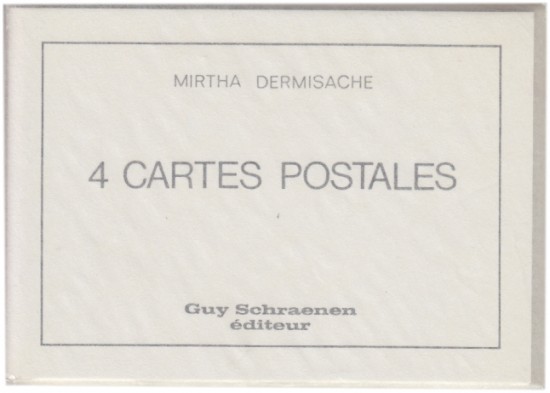Description of Banvard's Panorama of the Mississippi River, Painted on Three Miles of Canvas, Exhibiting a View of the Country 1200 Miles in Length, Extending from the Mouth of the Mississippi River to the City of New Orleans, Being by Far the Largest Picture Ever Executed by Man
Banvard, John
Boston. John Putnam, Printer. 1847
Sold
Banvard's massive panorama - on three miles of canvas as indicated by the title (see above) - was a considerable undertaking and one which 'had he [Banvard] been aware, when he commenced the undertaking, of the vast amount of labor [sic] it required, he would have shrunk from the task in dismay ...'.
Fortunately Banvard completed the panorama and as the many testimonials and newspaper descriptions in the volume make clear, he completed it to near unanimous approval and great public interest. Fittingly for a work on such a mighty river and in a country so conscious of its place in the world, the panorama was considered at the time, the 'greatest and proudest work of art in the world' (Louisville Courier) and 'a marvellous monument of the patience, daring ambition, and genius of Ameican character' (Boston Herald). The panorama went on show in Boston in 1846.
This descriptive volume contains a preface by Banvard in which he describes the creation of the work and the difficulties he faced, a description of the river itself, a detailed list of the key features of the panorama, an essay on 'Life on the Mississippi' and the story of Mike Fink, the 'Last of the Boatmen'. The final leaf of text is taken up with testimonials about the work, mainly from boat captains who had knew the river: 'The undersigned [John Shalcross, Master of Steamer Peytona] has been navigating the Mississippi river for thirty years, and am as well acquainted with it, as I am with the deck of the boat I command; and having twice examined Mr. Banvard's great Painting of the Mississippi river, take great pleasure in testifying to its truthfulness and correctness to nature.'
Fortunately Banvard completed the panorama and as the many testimonials and newspaper descriptions in the volume make clear, he completed it to near unanimous approval and great public interest. Fittingly for a work on such a mighty river and in a country so conscious of its place in the world, the panorama was considered at the time, the 'greatest and proudest work of art in the world' (Louisville Courier) and 'a marvellous monument of the patience, daring ambition, and genius of Ameican character' (Boston Herald). The panorama went on show in Boston in 1846.
This descriptive volume contains a preface by Banvard in which he describes the creation of the work and the difficulties he faced, a description of the river itself, a detailed list of the key features of the panorama, an essay on 'Life on the Mississippi' and the story of Mike Fink, the 'Last of the Boatmen'. The final leaf of text is taken up with testimonials about the work, mainly from boat captains who had knew the river: 'The undersigned [John Shalcross, Master of Steamer Peytona] has been navigating the Mississippi river for thirty years, and am as well acquainted with it, as I am with the deck of the boat I command; and having twice examined Mr. Banvard's great Painting of the Mississippi river, take great pleasure in testifying to its truthfulness and correctness to nature.'
pp. 44. 8vo. Original publisher's printed wrappers, stitched as issued, title with decorative border to front wrapper, 'Opinions of the Press' to rear wrapper, housed in green solander chemise and morocco-backed slipcase.
#34562










